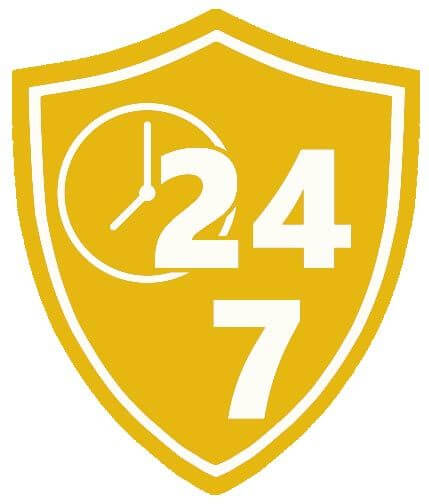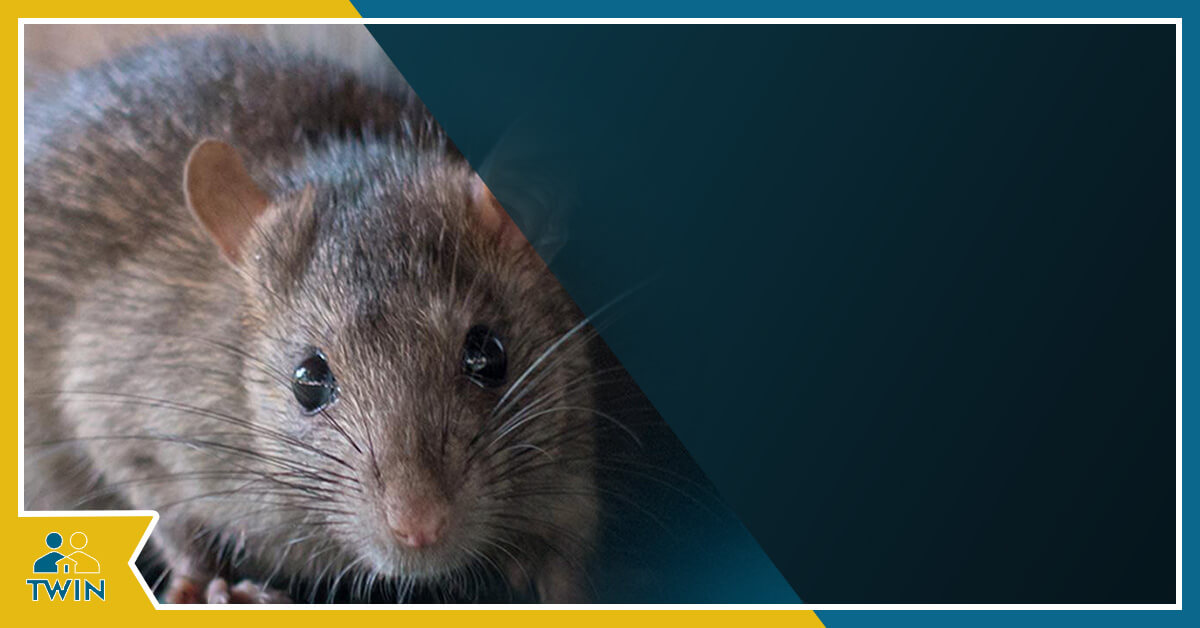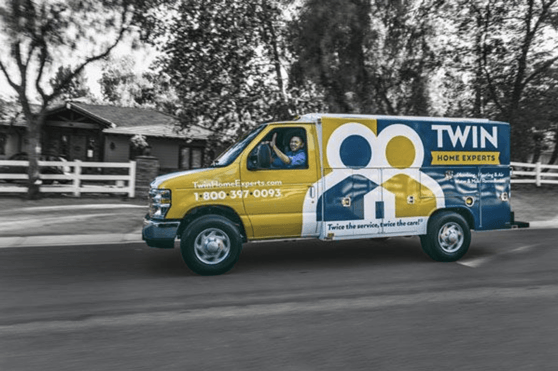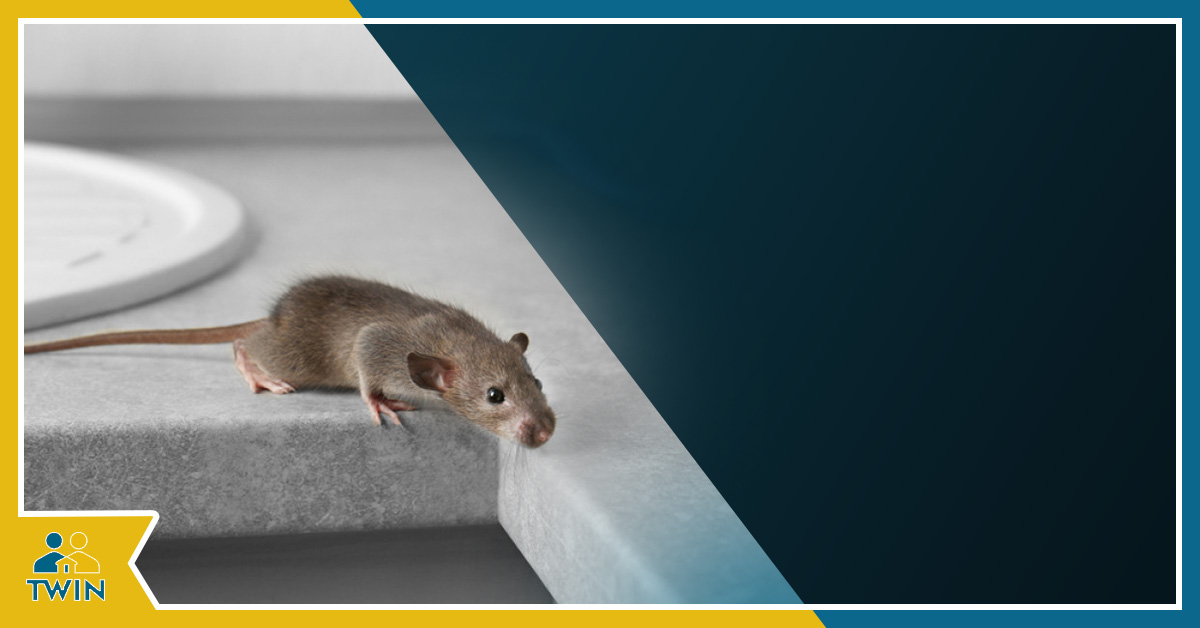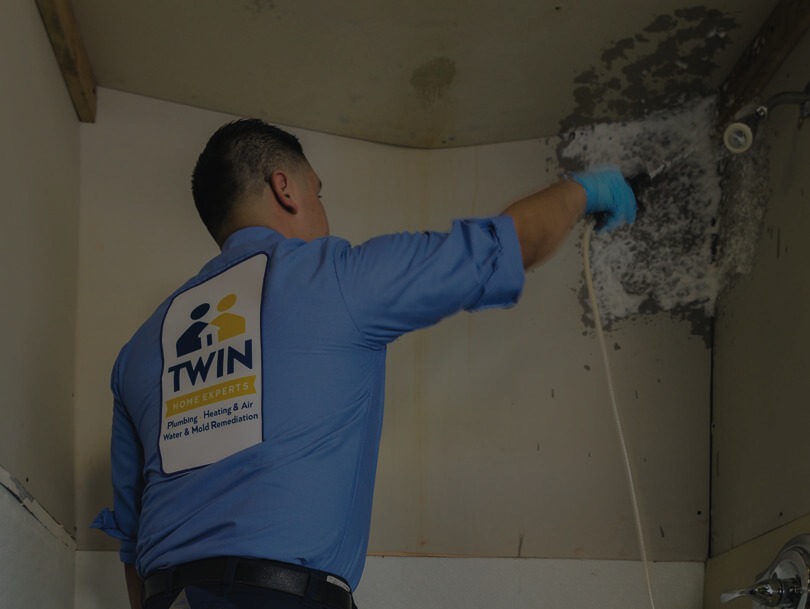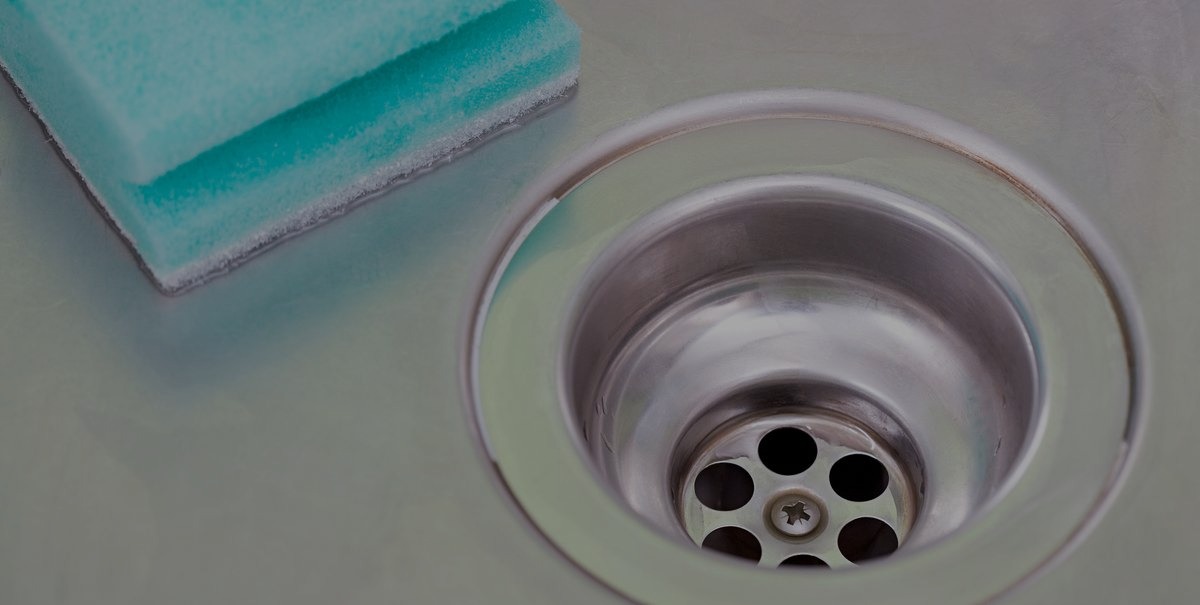Leaks in walls can be especially challenging due to the difficulty of reaching them. Call your Los Angeles plumber, Twin Home Experts, today. The post Los Angeles In Wall Leak Detection – Tips & Steps To Locate In Home Leaks! appeared first on Twin Home Experts.
Leaks in walls can present some challenges in detection due to the location, type of access and type of unknown in wall leak. When we get called out for in wall leak detection in our Los Angeles, Spokane, Coeur d’Alene, and Arizona locations, we need to be prepared with some key tools.
- BRIGHT flashlight
- In-wall micro camera
- Drywall knife
- Vacuum with HEPA filter
- Our Foaming encapsulate
- Protective floor covering
- Smoke & Dye testing solutions
- Antimicrobial spray bottle
- Acoustic & Tracing equipment.
The In Wall Leak
The signs were base moulding turning a brownish/blackish color and the drywall appearing a little damp, but nothing else seemed wet and there were no signs of exposed leaks and no signs of water running inside wall.
The customer was also concerned about possible mold issues contaminating his indoor air.
The moment we arrived, we first asked a few of our Twin Home Experts lifestyle questions.
T.H.E. – How long have you lived in the home?
Customer – 8 years.
T.H.E. – When did you first start seeing signs of this issue?
Customer – Well, I first started seeing a small spot about three months ago. I didn’t think anything of it and it’s continued to get bigger.
THE – Do you use this bathroom daily?
Customer – Yes, my wife & myself.
THE – Have you or your wife been experiencing any allergy-type symptoms?
Customer – Yes, my wife has. This is another reason we called you guys out, she doesn’t feel well when she is in the bathroom.

In Wall Leak Detection
We began our leak detection process by placing a HEPA air scrubber in the bathroom while we performed the detection. We have found this to be a great asset in keeping the home and our employees safe in case there is fungi present.
If a leak has stains or signs of long-term occurring leaks, then 99% of the time we discover mold is growing, especially behind materials such as base moulding, wallpaper, and carpets.
The first step is to perform moisture meter tests along the walls; this will determine how far the water has migrated.
Once this has been accomplished, you want to start concentrating the testing closest to the wettest area.
In this case, it was the corner of the outside shower wall.
So we inspected the shower fixture by turning it on and off. Many times if the stems are leaking, the water will divert back inside the wall dripping along hot and cold water lines, then collecting at the bottom of the wall.
Next test is when we run water along the perimeter of shower doors and glass. After about one minute, we found water coming through a corner of the glass door where the caulking was compromised.
We then used our “in wall” camera and discovered a small drip which led us to open a small section of wall behind the shower. We also found that the leak was coming from the valve body inside the wall on the hot side.
Once the leak is sourced, we put together at least three solutions for our customers depending on their needs, their financial situation, and considering both the long term & short term goals of their home.
We often get asked the question; “Does homeowners’ insurance cover the damages caused by a leak?”
This can be a tricky one, because every policy is different, you want to first check the amount of your deductible. If it exceeds the price of repairs, then it’s obviously not worth it. But if it’s a $250.00 or $500.00 deductible then it might be worth exploring, depending on the damages of course.
The next challenge is if the insurance adjuster deems the leak as a “long term event” or “seepage”. They more often will deny you coverage, and it can be frustrating for homeowners to get that letter after a site visit from an agent.
We highly recommend you consult a Company that has experience in dealing directly with insurance companies , and even a public adjuster if needed prior to making a claim.
In Wall Leak Detection Costs
This can range from $250.00 to $2,300.00 depending how severe the leak is, what kind of access you have to it, mold growth, water damages, time it will take, and the tools it takes to detect the leak.
We sure hope this gave you some tips in the right direction for the next time you are dealing with an in wall leak in your property. Please contact us if you need more assistance or schedule an appointment. We’d love to help. 480-900-1755.
The post Mold Inspection In Los Angeles Homes: Our Top 10 Tips appeared first on Twin Home Experts.
